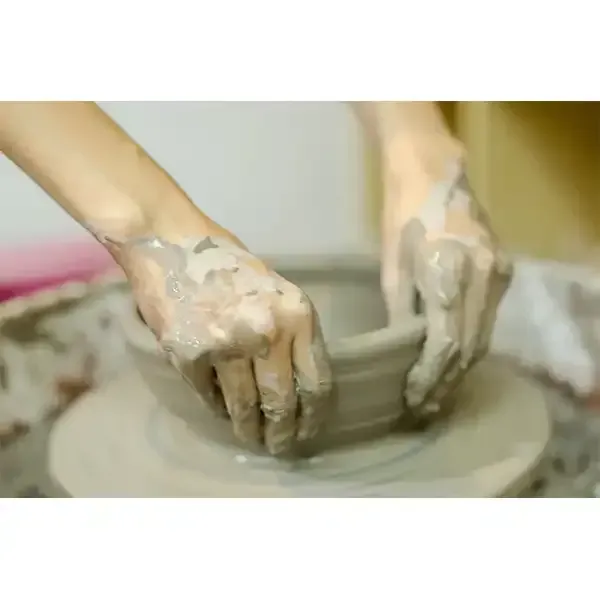The Importance of Ceramic Tile Adhesive in Modern Construction
Ceramic tiles have long been a popular choice for flooring and wall coverings due to their durability, aesthetic appeal, and ease of maintenance. However, the effectiveness of ceramic tiles lies significantly in the quality of the adhesive used to install them. Ceramic tile adhesive plays a critical role in ensuring that tiles remain securely in place, withstand various stresses, and achieve a long-lasting finish. This article explores the different types of ceramic tile adhesives, their applications, and the factors to consider when selecting an adhesive for your project.
Types of Ceramic Tile Adhesives
There are several types of ceramic tile adhesives available on the market, each designed to meet specific installation needs
1. Thin-Set Mortar This is the most common type of adhesive used for ceramic tiles. It is made from a mixture of cement, sand, and water-retaining agents. Thin-set mortar is applied in a thin layer, allowing for quick drying times and making it suitable for most interior tile applications.
2. Thick-Set Mortar Used primarily for larger tiles or where uneven surfaces are present, thick-set mortar allows for a thicker application. This type is often used in wet locations, such as showers and swimming pools, where additional moisture resistance is needed.
3. Mastic Adhesive Mastic is a premixed adhesive that offers excellent bonding properties but is generally suitable only for dry areas. Its ease of use makes it a popular choice for DIY projects, although it is less flexible in terms of moisture exposure compared to mortars.
4. Epoxy Adhesives For specific applications where superior strength and chemical resistance are required, epoxy adhesives are ideal. They are often used in commercial settings, laboratories, and areas that experience heavy foot traffic due to their durability.
Choosing the Right Adhesive
ceramic tile adhesive

Selecting the appropriate adhesive is crucial for the longevity and integrity of the tile installation. Factors to consider include
- Tile Size and Type Larger tiles may necessitate a thicker adhesive application. Additionally, the type of ceramic tile, such as glazed versus unglazed, can influence the choice of adhesive.
- Substrate Material The surface onto which tiles will be applied—be it concrete, plywood, or drywall—affects the adhesive choice. Some substrates may require specific adhesives formulated to bond effectively.
- Environmental Conditions Areas with high humidity or exposure to water, such as bathrooms and kitchens, demand adhesives with strong moisture resistance. Similarly, exterior applications must utilize adhesives designed to withstand outdoor conditions.
- Temperature and Setting Time Some projects may require adhesives that set quickly or can function in varying temperature ranges. Understanding the local climate can help in choosing the right product.
Application Techniques
Proper application of ceramic tile adhesive is essential for ensuring a successful installation. It is vital to prepare the substrate by cleaning the surface, leveling any uneven areas, and allowing it to dry if necessary. When applying the adhesive, using the correct notched trowel for the tile size ensures adequate coverage and bond strength. Additionally, following the manufacturer’s guidelines on curing times and conditions is crucial for maximizing performance.
Conclusion
Ceramic tile adhesive is a fundamental component in tile installation, influencing both the aesthetic and functional outcomes of a project. By understanding the types of adhesives available, carefully considering the specific requirements of the installation, and applying them correctly, contractors and DIY enthusiasts alike can achieve beautiful, long-lasting results that stand the test of time. As the construction industry continues to evolve, the role of adhesive technology will remain pivotal in enhancing the capabilities and performance of ceramic tiles.
-
The Application and Significance of Construction RdpNewsMay.19,2025
-
Industrial Grade HpmcNewsMay.19,2025
-
Building Coating Adhesive Building Coating Adhesive HpmcNewsMay.19,2025
-
Application Of Hpmc For Detergent For Detergent In DetergentsNewsMay.19,2025
-
Application Of Hpmc Cellulose In Cement-Based MaterialsNewsMay.19,2025
-
Application Of High Quality Hpmc For Construction In The Field Of ConstructionNewsMay.19,2025




